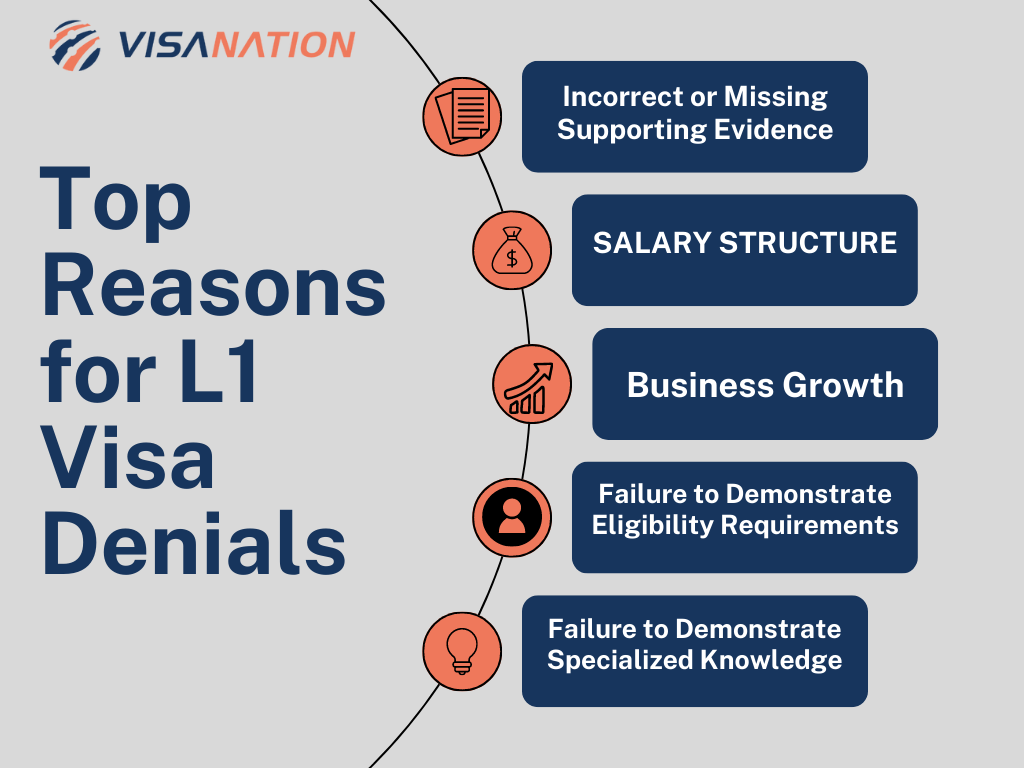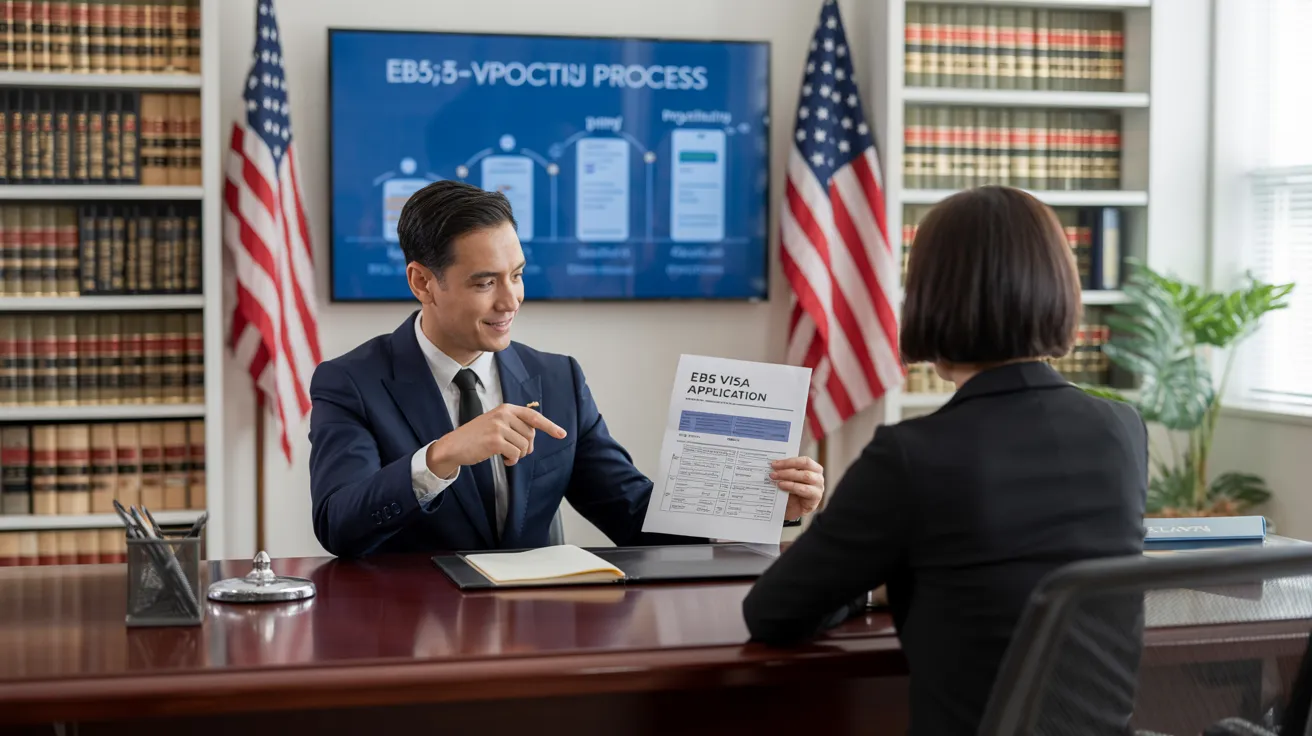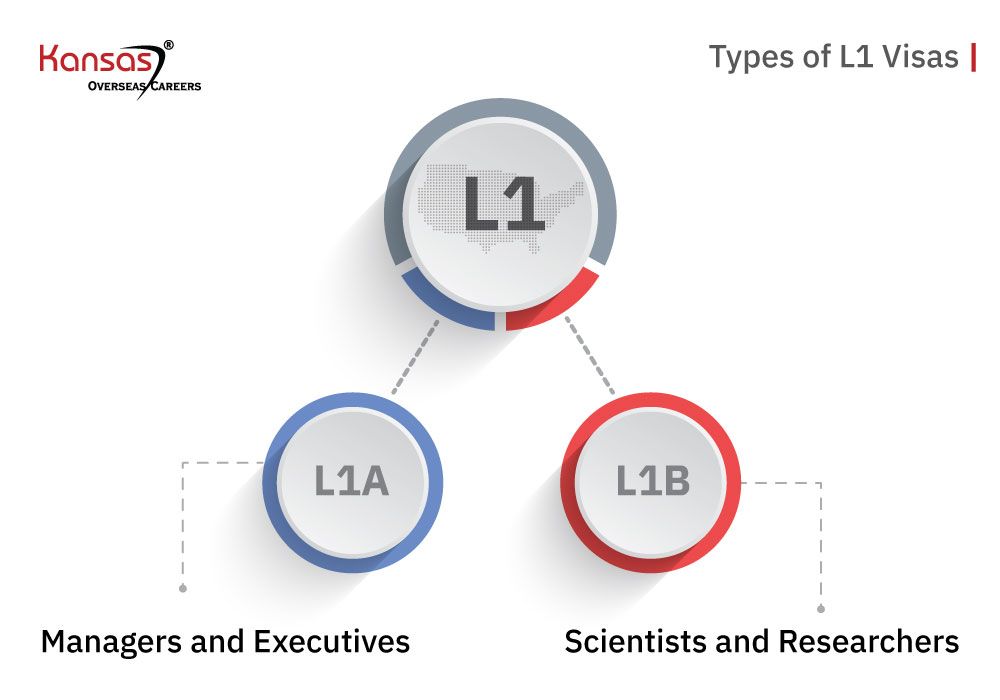L1 Visa Process
8 Easy Facts About L1 Visa Shown
Table of ContentsThe Buzz on L1 VisaFascination About L1 VisaThe Ultimate Guide To L1 VisaL1 Visa - QuestionsThe 5-Second Trick For L1 VisaWhat Does L1 Visa Do?
Readily Available from ProQuest Dissertations & Theses Global; Social Scientific Research Premium Collection. DHS Workplace of the Inspector General. Gotten 2023-03-26.
U.S. Division of State. Obtained 2023-02-08. Tamen, Joan Fleischer (August 10, 2013).
The Ultimate Guide To L1 Visa
In order to be eligible for the L-1 visa, the international business abroad where the Recipient was used and the United state firm should have a qualifying connection at the time of the transfer. The different types of certifying connections are: 1.
Firm A has 100% of the shares of Business B.Company A is the Parent and Business B is a subsidiary. There is a certifying relationship in between the 2 business and Business B need to be able to fund the Recipient.
Instance 2: Company A is integrated in the united state and intends to seek the Beneficiary. Firm B is integrated in Indonesia and uses the Recipient. Business An owns 40% of Company B. The staying 60% is had and controlled by Business C, which has no connection to Company A.Since Firm A and B do not have a parent-subsidiary partnership, Company A can not sponsor the Recipient for L-1.
Firm A possesses 40% of Firm B. The continuing to be 60% is had by Business C, which has no connection to Business A. However, Company A, by formal agreement, controls and complete takes care of Firm B.Since Business A possesses less than 50% of Company B however handles and controls the company, there is a certifying parent-subsidiary relationship and Company A can fund the Beneficiary for L-1.
Indicators on L1 Visa You Need To Know
Firm B is included in the United state
L1 Visa for Dummies

The L-1 visa is an employment-based visa category established by Congress in 1970, enabling international business to transfer their managers, execs, or vital employees to their U.S. operations. It is commonly referred to as the intracompany transferee visa. There are two main kinds of L-1 visas: L-1A and L-1B. These kinds appropriate for employees worked with in various placements within a company.

In addition, the beneficiary has to have functioned in a managerial, exec, or specialized staff member position for one year within the 3 years coming before the L-1A application in the international business. For new office applications, international work must have remained in a managerial or executive capacity if the beneficiary is pertaining to the USA to work as a manager or exec.
All About L1 Visa

If provided for an U.S. business operational for more than one year, the preliminary L-1B visa is for approximately three years and can be prolonged for an additional 2 years (L1 Visa). On the other hand, if the united state business is freshly established or has been functional for much less than one year, the preliminary L-1B visa is issued for one year, with extensions offered in two-year increments
The L-1 visa is an employment-based visa group developed by Congress in 1970, allowing multinational firms to move their supervisors, executives, click here or essential workers to their united state procedures. It is generally referred to as the intracompany transferee visa. There are two major kinds of L-1 visas: L-1A and L-1B. These kinds are appropriate for workers worked with in various settings within a firm.
3 Easy Facts About L1 Visa Shown
Furthermore, the beneficiary has to have operated in a managerial, executive, or specialized worker placement for one year within the three years preceding the L-1A application in the international business. For brand-new workplace applications, international work has to have remained in a supervisory or executive capability if the beneficiary is involving the USA to work as a supervisor or exec.
for approximately seven years to look after the procedures of the U.S. associate as an exec or manager. If released for a united state business that has actually been operational for greater than one year, the L-1A visa is originally granted for as much as three years and can be extended in two-year increments.
If granted for an U.S. company operational for more than one year, the first L-1B visa is for as much as three years and can be expanded for an extra 2 years. Conversely, if the U.S. company is recently established or has actually been operational for less than one year, the first L-1B visa is issued for one year, with extensions offered in two-year increments.